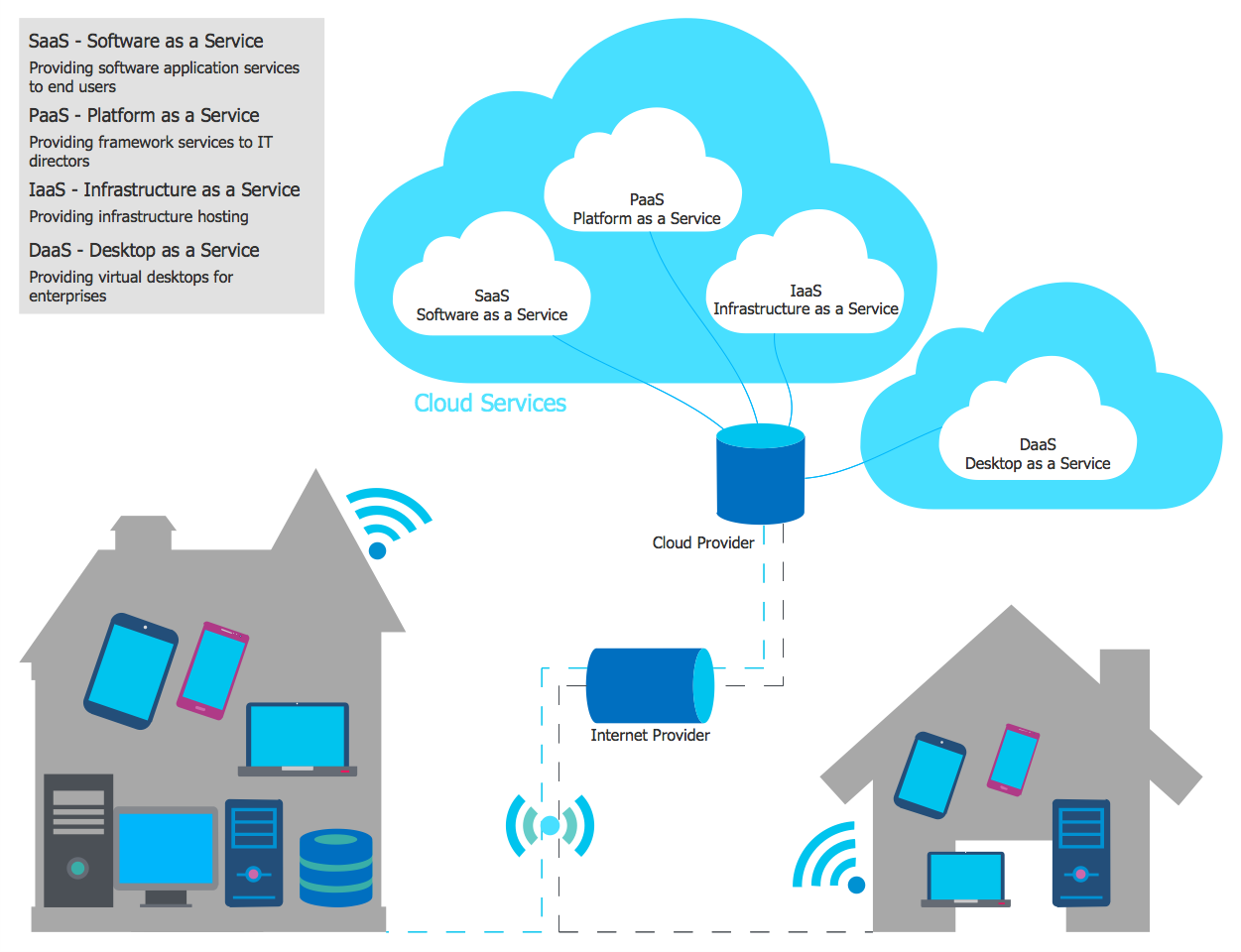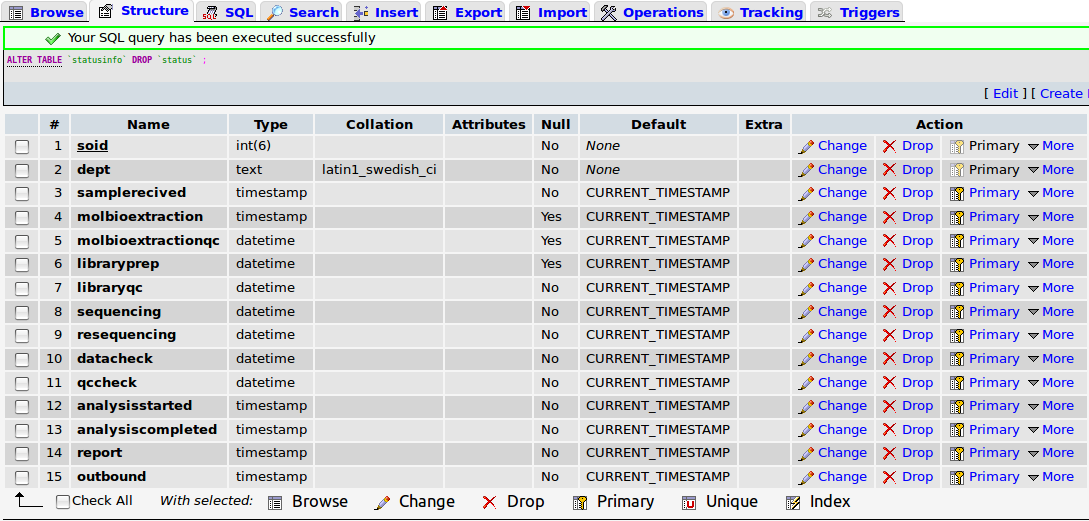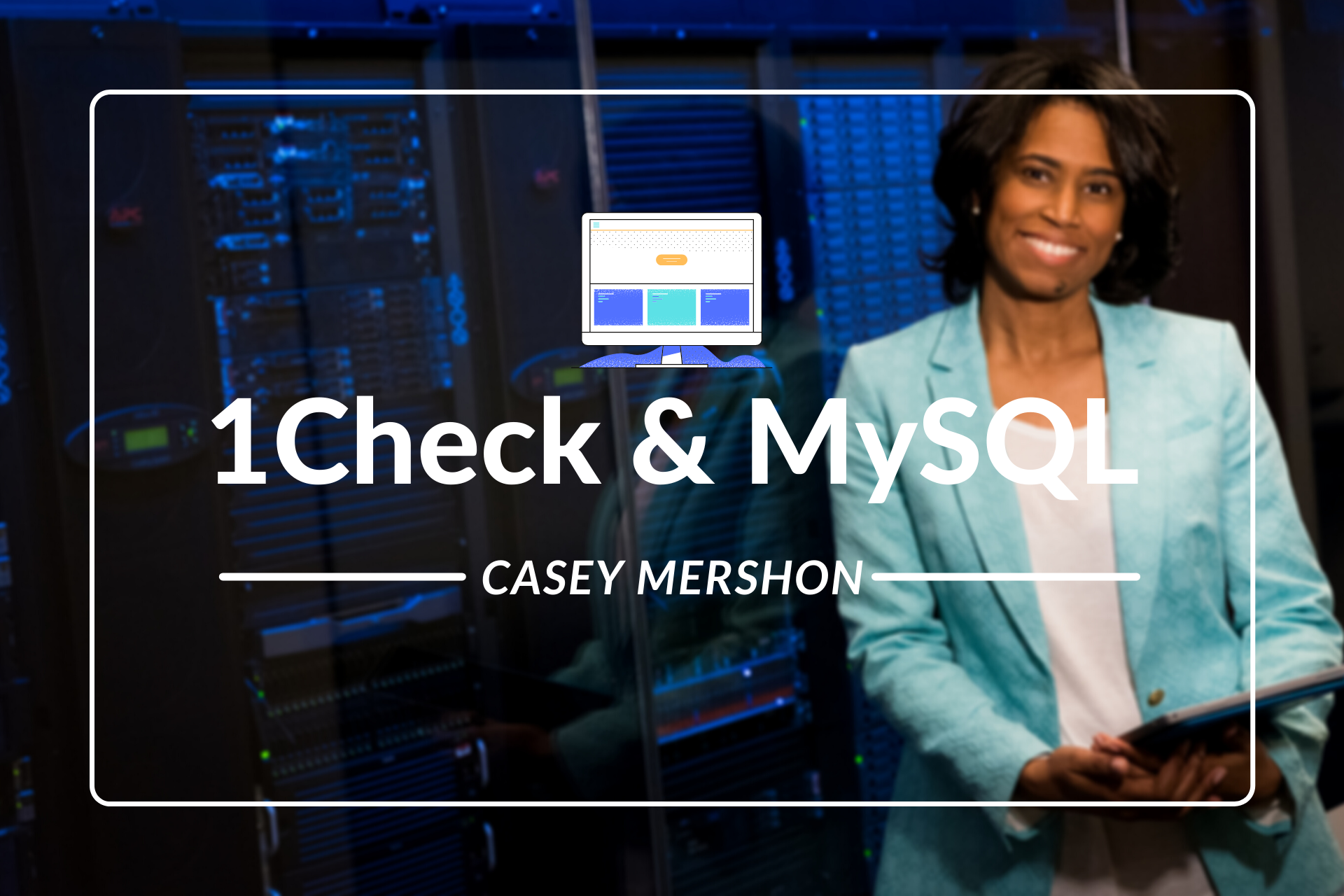In today’s society, people expect many things instantaneously. Many researchers attribute this to the constant presence of social media and the dopamine that fires off in the brain when a user is rewarded with upvotes or likes. That being said, as a human race, we have become so accustomed to having information right at the tips of our fingers. One of the many ways this is done is by the use of the cloud.
When speaking about computing, a cloud is no ordinary mass of condensed water vapor. A cloud is a term that refers to a network of remote servers that are used to store, manage, and process data to, in this case study, a mobile device. The data can range from many things including images, plain text, custom code, and much more. 1Check stores all of its data using their 3rd party cloud, Oracle Cloud Infrastructure. The 1Check app:
“uses that data to indicate which rooms are being serviced, estimate how long it will take to clean them, and approximate when they’ll be available for occupancy.”(Banks-Louie)

Figure 1 (How Cloud Computing Works)
While the data is stored in the cloud, there are many ways it can be dealt with. Please refer to Figure 1 above for the four main types of cloud computing. The 3rd party cloud service that 1Check is using is known as an IaaS or infrastructure as a service. These can be described as:
“A model in which a third-party provider hosts servers, storage, and other virtualized compute resources and makes them available to customers over the internet.” (Whesley Chai)
That being said, 1Check uses the cloud in a much different way. 1Check uses the cloud services as SaaS or software as a service. This means that 1Check uses a:
“software distribution model in which a third-party provider [Oracle Cloud Infrastructure] hosts applications and makes them available to customers over the internet.” (Whesley Chai)
1Check can use this to roll out updates, new customer lists, rooms cleaned/dirty, etc. That being said, it is easy to lose data if it is not stored properly.
The most common way of storing data is the use of databases, which are stored on cloud servers. 1Check uses a very common, and industry-standard, database manager called MySQL. Figure 2.1, on the top right, is a very simple diagram that shows how client devices interact with the server. These requests, in the cast of 1Check, are sent using their custom PHP code. That request is then processed and can retrieve, store, delete, etc. data from the database. Figure 2.2 shows what a standard MySQL database may look like. Notice how there are different columns and fields where different data is stored, much like an Excel sheet of sorts. This way of storage ensures that data is almost always where it should be and that it always stays organized.


Top Figure 2.1 (P., H. D)
Bottom Figure 2.2 (K, A. K. A.)
Organization and stability are a very key part of every application, including 1Check. Originally this application takes advantage of the open-source LAMP stack. This stack includes the Linux operating system, MySQL database, custom PHP code, and Apache webserver. While this is a good foundation, there were issues with the reliability of the server. The Oracle Cloud Services offered a more reliable, off-site hosting.
The ability for the application to be run on a cloud server was also crucial. Since the application is used across 150 hotels throughout France, it would be very expensive to have a local server at each site to manage the system. With the company growing at the rate it is, soon expanding to Chile, the USA, Belgium, Italy, and Spain, it would be much easier to work with a pre-existing infrastructure like the one Oracle offers.
A great feature that 1Check takes advantage of is the real-time analytics that Oracle offers. This allows hotel executives to see averages of how fast a room can be cleaned and re-dressed with sheets, towels, etc. This also makes it easy to see if a particular room takes longer than others to clean. If so, this may indicate that the room needs new appliances or updating in general.
The average client may wonder why this much precaution is taken on hotel rooms.
“Hospitality brands are vulnerable, Chauffriat says, because reputations can be built or ruined by any bad experience—especially when that experience is amplified on social media.” (Banks-Louie)
This helps stress why 1Check is such an important application and how it can help benefit companies.
Another perk to 1Check is the ease of use. At the beginning of each shift, the workers can log into the 1Check app off their phones. They will be able to see what rooms require cleaning or if anyone is already cleaning them. The workers are also able to see when guests will check in to the room so they know when to be done by. When working on rooms, the 1Check app takes advantage of NFC technology.
“Before entering the rooms, housekeepers wave their phones in front of near-field communication tags mounted on the room doors and the front of their cleaning carts.” (Banks-Louie)
This NFC system is like a clock-in and clock-out system that lets everyone on the system know that a worker is cleaning that current room. 1Check can use that data to estimate how long it will take to finish cleaning the room. This lets the front desk know precisely when the room will be ready for the new clients. Since the implementation of this application, there has been an 8% increase in productivity as well as a 35% increased in efficiency. Overall, this is a very helpful application for a very niche field. It fits in perfectly with the fast-paced society we live in.
Sources:
Banks-Louie, S. (n.d.). Hospitality App Boosts Housekeeper Productivity, Hotel Profits.Hospitality App Boosts Housekeeper Productivity, Hotel Profits, 1–3.
(n.d.). How Cloud Computing Works. Retrieved from Link
K, A. K. A. (2018, December 1). Updating the mysql database based on user input. Retrieved from Link
P., H. D. (2019, April 29). What is MySQL: MySQL Explained for Beginners. Retrieved from Link
(n.d.). What is cloud computing? - Definition from WhatIs.com. Retrieved from Link
